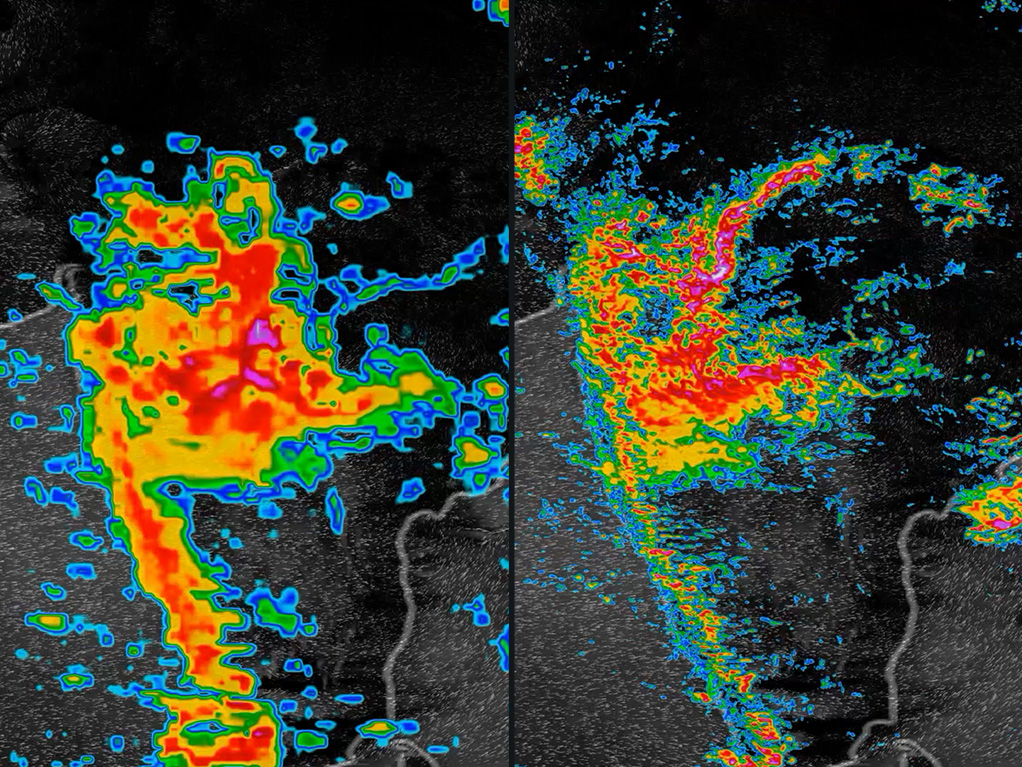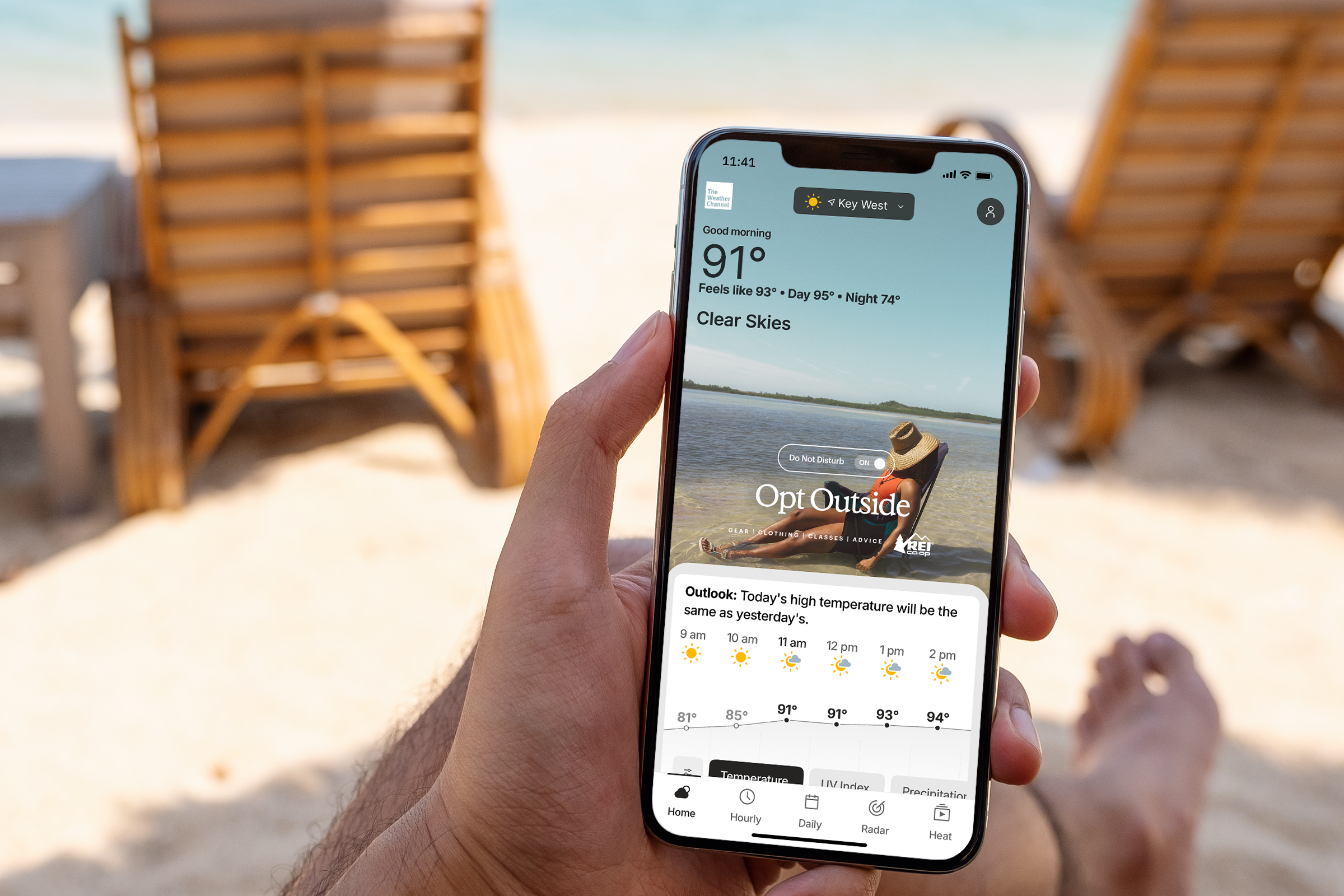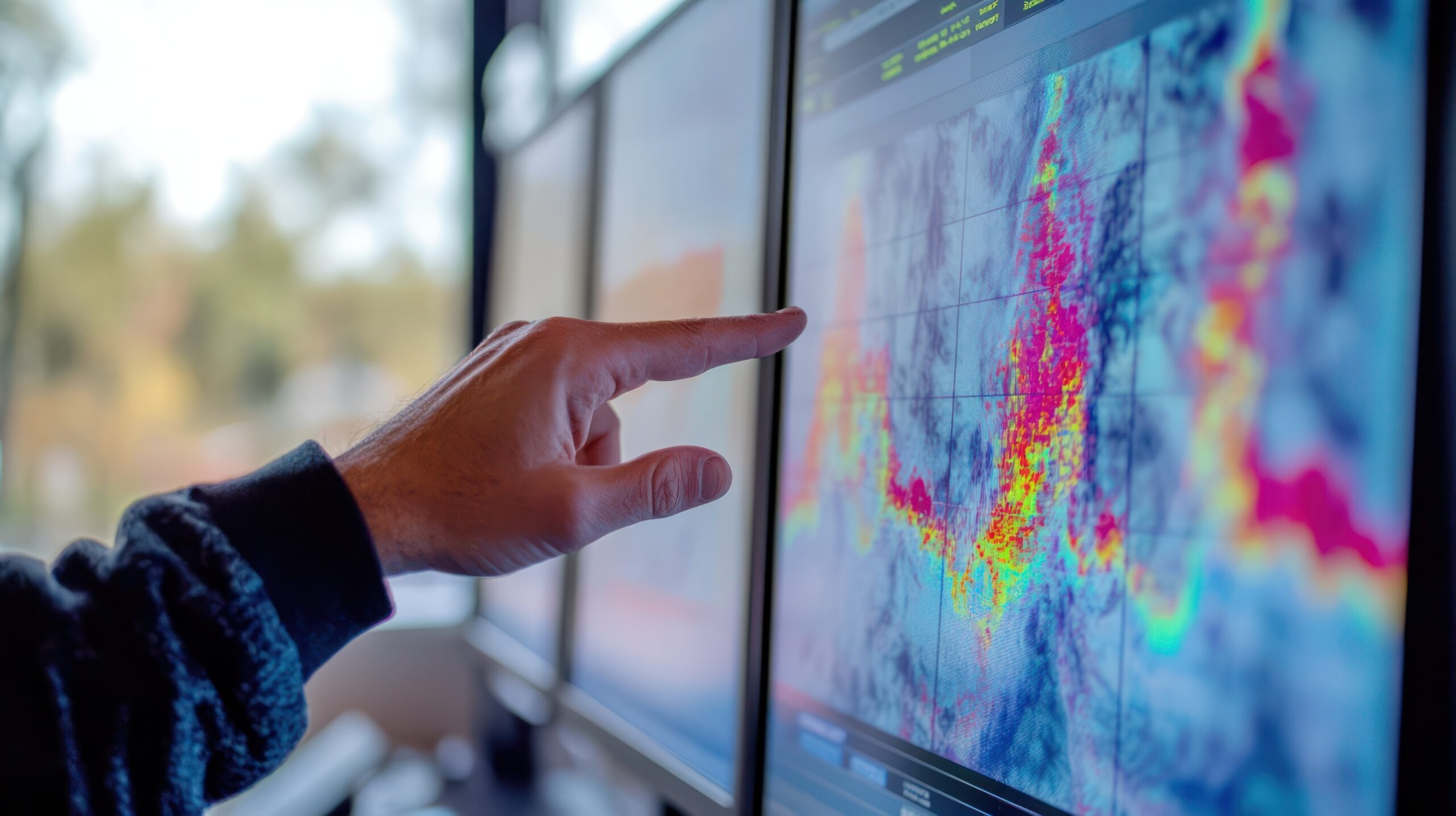Weather intelligence for the future: Crafting a strategic enterprise approach to changing environmental conditions
Continue readingThe Weather Company is committed to continuously improving our solutions, models, and data sets. As the world’s most accurate forecaster overall,1 enhancing our Global High-Resolution Atmospheric Forecasting System (GRAF) model is always a top priority.
2022 was a landmark year for GRAF. Here’s how we improved our models last year:
Greater accuracy in precipitation and temperature
The GRAF precipitation skill made major year-over-year improvements with a primary focus on convection, virtually matching NCEP HRRR in performance for most of the year and surpassing the HRRR from September 2022 into early 2023.
Based on user feedback and internal verification over the last 2–3 years, a common complaint has been a significant cold pool bias during the convective season. In an effort to reduce this bias, a couple of changes were implemented in the GRAF model physics. The first was an adjustment to reduce the rain evaporation rate below the cloud base. The second was modifications to the planetary boundary layer (PBL) scheme to increase diffusion for unstable layers in the free atmosphere (above the PBL).
Although convective forecasts will remain a challenge for all numerical weather models, an overall increase in GRAF precipitation skill was achieved, both statistically and visually concerning forecast radar products.
The GRAF 2m temperature forecast skill also increased year-over-year in 2022, with significant improvement during the fall/winter season. Highlights of relevant model physics changes include:
- Update and tuning of the cloud fraction algorithm
- Multiple updates to fractional snow cover assumptions and surface roughness lengths
- Updates to snow melt processes
- A significant bug fix in the land surface model regarding the accumulation of freezing rain and snow
The ongoing success of GRAF was on full display when Hurricane Ian struck the state of Florida. GRAF excelled over many of the publicly available models, both in terms of initial landfall prediction and its speed in adjusting that prediction as the hurricane approached.
Looking ahead
The Weather Company is now in the process of increasing our high-performance computing (HPC) capacity for GRAF by 125%.
This initiative will unify GRAF and GRAF Long Range into a single model that will provide a 72-hour forecast updated every hour. The expansion will feature rapidly updating JEDI data assimilation of satellite radiances, aircraft observations, radiosondes, proprietary data sets and more.2
The voice of our users
GRAF clients are taking notice of the model’s outstanding performance:
- “[GRAF] was the only model that showed extremely heavy snow in the Cascades the weekend of April 2nd/3rd. Most models (including ECMWF) were showing maybe 20-30”, but it kept hinting through various runs that it would be up to 45” or more. [GRAF] was right.” – Mark Nelsen, Chief Meteorologist at Fox 12 in Oregon.
- “GRAF nailed the start time for precipitation here in southern New England. It was 3–6 hours earlier than other models yesterday and it was correct!” – Terry Eliasen, Meteorologist and Executive Producer for WBZ-TV.
- “GRAF insisted on 2–5 inches of snow. GFS and ECMWF insisted on 4–9 inches. We felt the ratios would be high enough to support the global kings. Nope. 2–5 inches. We got GRAF’ed.” – Kaj O’Mara, Meteorologist for KCRG-TV.
- “You’ve got a whole team of very happy weather geeks here in Wisconsin because [GRAF] has been doing phenomenal!” – JD Rudd, Chief Meteorologist, Spectrum News 1.
- “Placement on the 18z GRAF is as close as I have ever seen a model get. [GRAF] is spooky good tonight.” – Michael Behrens, Meteorologist, WZZM-TV.
Thank you
A huge thanks to the members of our GRAF Task Force who meet monthly to discuss model performance and provide feedback.
If you’re interested in joining this task force, email [email protected].
Let's talk
To learn more about harnessing the power of weather to make better, more informed decisions across industries, contact our experts today.
Contact us1 ForecastWatch, Global and Regional Weather Forecast Accuracy Overview, 2017-2022, commissioned by The Weather Company.
2 Statements regarding The Weather Company’s future direction and intent are subject to change or withdrawal without notice, and represent goals and objectives only.







